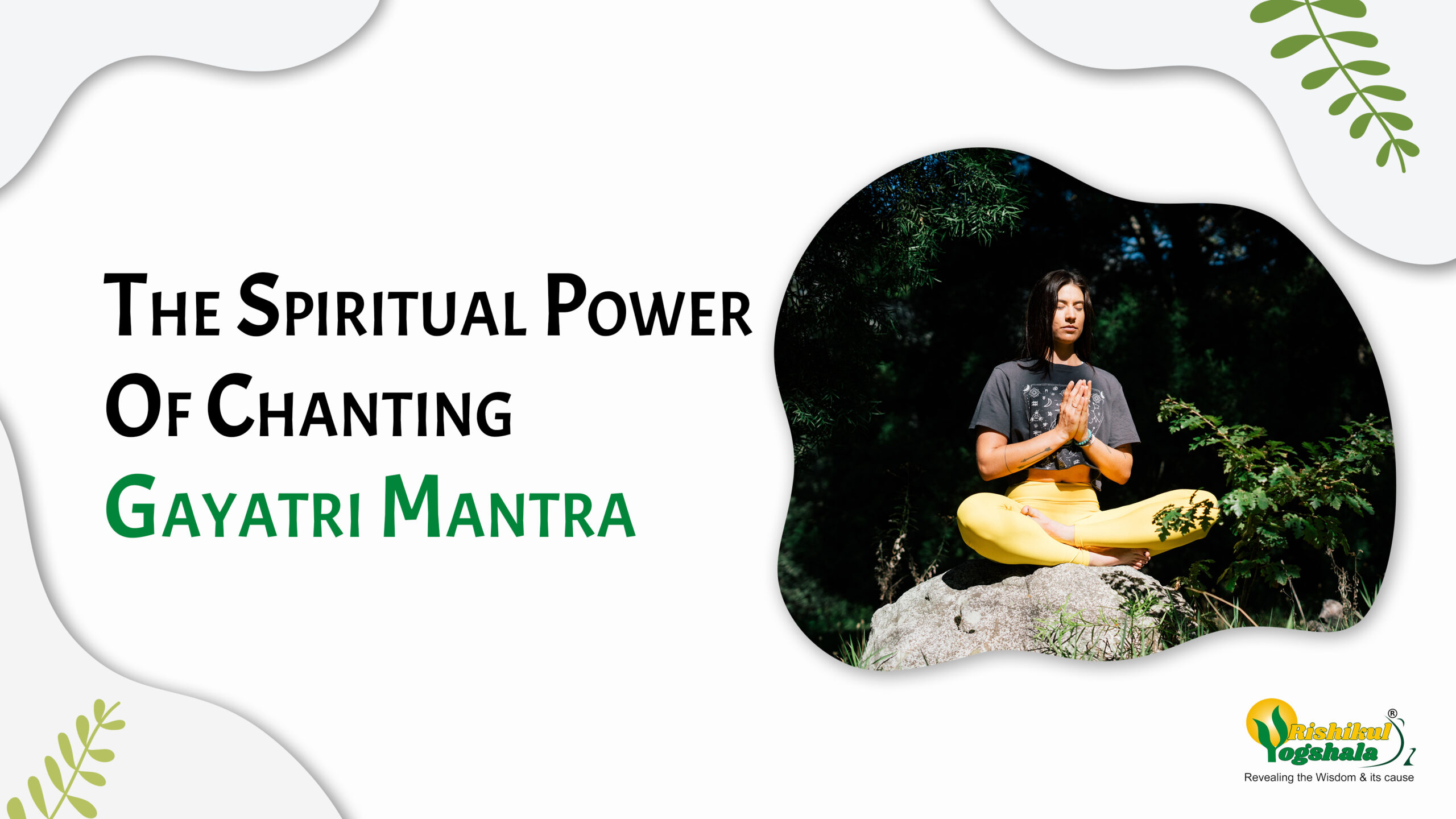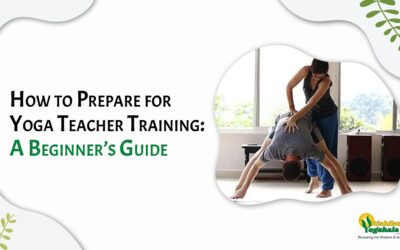Yoga is a wider concept and Sage Patanjali in his Yoga Sutra compile all the aspect of the ancient science of life, for the better understanding of the modern day of a Yogi. Considered as the father of yoga, Patanjali after seeing yoga getting complex and diversified for the understanding in a simple and meaningful way, he assimilated and included all the yoga aspects into a format- known as Yoga Sutra.
In the Yoga Sutra, there are 195 aphorisms (words of wisdom, inspiration, and direction) that teach us how to live a fulfilling and meaningful life. Sutra defines a thread or formula that we all the yogis are trying to implement it, in its original form.
Patanjali provide this thread to the masters to make a garland of their own unique style and understanding for the practice. This Sutra is vital but is not a goal; a goal needs to be created by every individual to attain realization and enlightenment.
The teaching of the Yoga Sutra is the base school of every form and style of yoga, and each Sutra defines the practice of yoga and how it is relevant in the day-to-day living.
Written over hundreds of years ago, Yoga Sutra is still relevant to the contemporary yogi as an ancient counterpart.
Application of yoga in the modern day, and in the life a contemporary yogi
The Eight Path of yoga
Yama- Moral discipline, or vows or restrains
- Ahimsa (Non-Violence)
- Satya (Truthfulness)
- Asteya (Non-Stealing)
- Brahmacharya (Chastity)
- Aparigraha (Non-Possessiveness)
Niyama- Observance
- Shaucha (Self-Purification)
- Santrosha (Contentment)
- Tapas (Self-Discipline)
- Svadhyaya (Self-Study)
- Ishvara Pranshana (Self-Surrender)
Asana- Posture
Pranayama- Breathing Technique
Pratyahara- Sense of Withdrawal
Dharana- Concentration
Dhyana- Meditation
Samadhi- Salvation or Enlightenment
Mentioned below yoga sutra are relevant to the modern day practice of yoga, and how it implemented in the life of a contemporary yogi.
yogas citta-vrtti-nirodhah- yoga is the control of the mind
Practicing yoga does calm the mind, makes it quiet and reduces stress. Being living in the stress bound fast-paced world, the practice is needed in the life of a modern-day yogi for his/her mental well-being.
tatra sthitau yatno ‘bhyâsah- Practicing yoga means choosing, applying the effort and doing actions that brings state of stability and tranquillity
Similarly, a contemporary yogi adapts the formula or Sutra in both his yoga practice and normal life.
sa tu dîrgha-kâla-nairantarya-satkârâsevito drdha-bhûmih– When the practice is regular and is done for a long time, then it becomes stable, rooted and solid
With the daily practice, a modern-day yogi achieves mindfulness and lay a solid foundation of the practice, on which he can grow his practice.
pracchardana-vidhârañâbhyâm vâ prâñasya- By regulating the breath we can also calm the mind, particularly the exhalation and stilling the breath naturally
By this, we know that breathing correctly is important both on and off the mat. It helps to calm the mind, relaxes the body in stress, and help with other challenging situation of day to day life.
yama-niyamâsana-prâñâyâma-pratyâhâra-dhârañâ-dhyâna-samâdhayo ‘stâv angâni- The sutra decodes that the practicing of the eightfold path or eight limbs of yoga are the cipher of regulations, rule or restraint, and practice of self-training through posture and breath, and withdrawal of senses through meditation.
The eightfold path consists of eight core aspects of yoga were practicing and adapting them in life both on and off the mat helps. It aids us in growing our practice as well improves us as a being, and even our way of living.
ete jâti-desa-kâla-samayânavacchinnâh sârva-bhaumâ mahâvratam- They are the code of self-regulation and these codes create a powerful and strong way of living standard, and can or should be practiced by anyone.
The concept of eight path folds is to adopt certain Yama and Niyamas during the practice, which can also be easily implemented in real life. Be humble and kind, which become difficult to practice, but one needs to try their best to maintain compassion.
sauca-santosa-tapah-svâdhyâyesvara-prañidhânâni niyamâh- The verse decodes that cleanliness and purity of the entire being, discipline, the attitude of contentment and surrender, self-study, and self-training are the Niyamas of yoga that forms the foundation of an ideal lifestyle.
Niyamas is the ladder that leads you towards a healthy and happy living and brings you to the state of higher awareness. Following these ethics keep your mind and body in a great state of well being, as self-love and care is required both for yoga practice, and healthy living.
These are some of the selected Sutra that directly implemented on the lives of yogis on-off the mat, also with the consideration of the eight limb practice of yoga.
Practice and adopt these sutras into your normal life, and experience the change in you, as well as in your way of living.
To Know more about the Yoga Sutras, join yoga teacher training in India.




